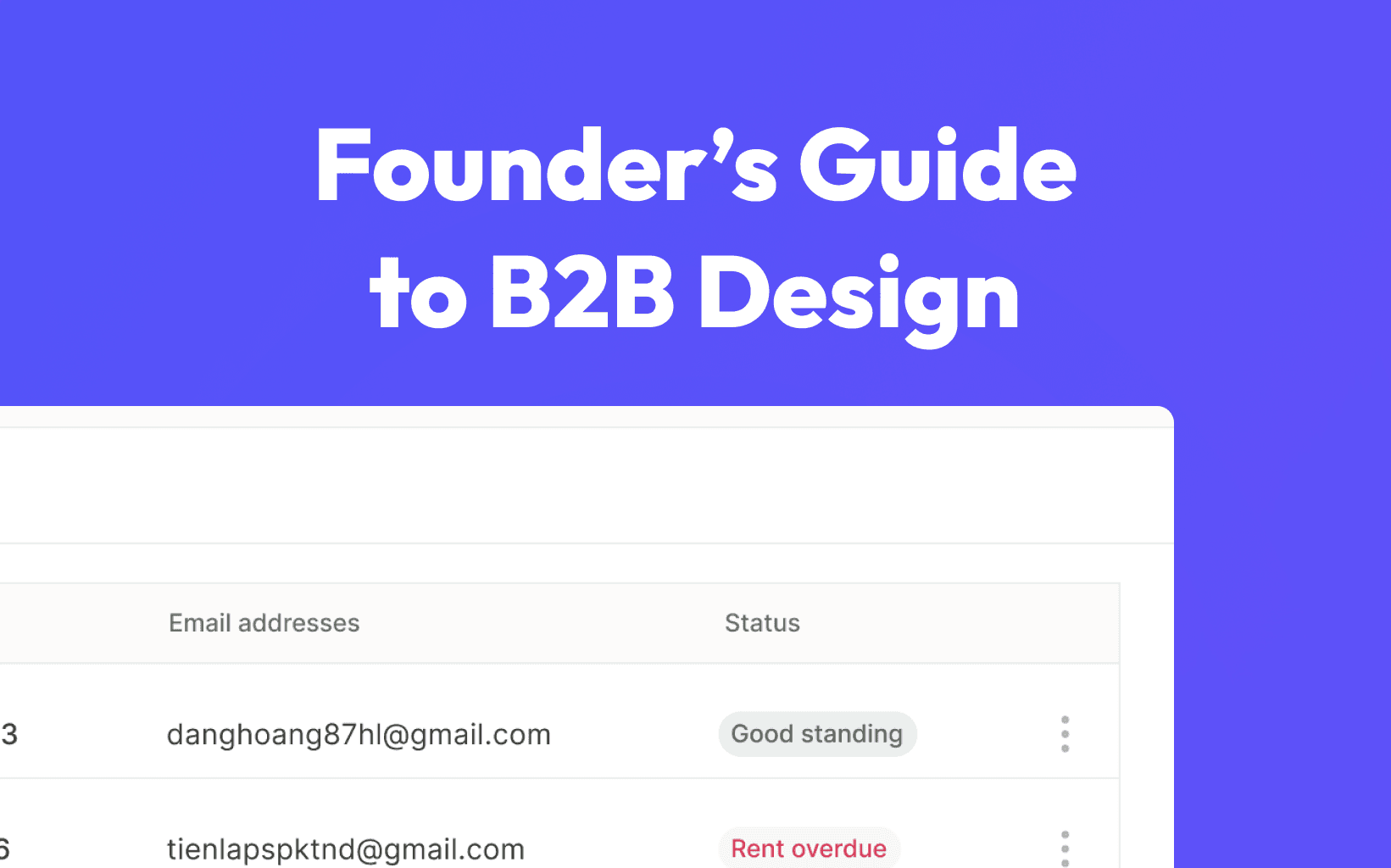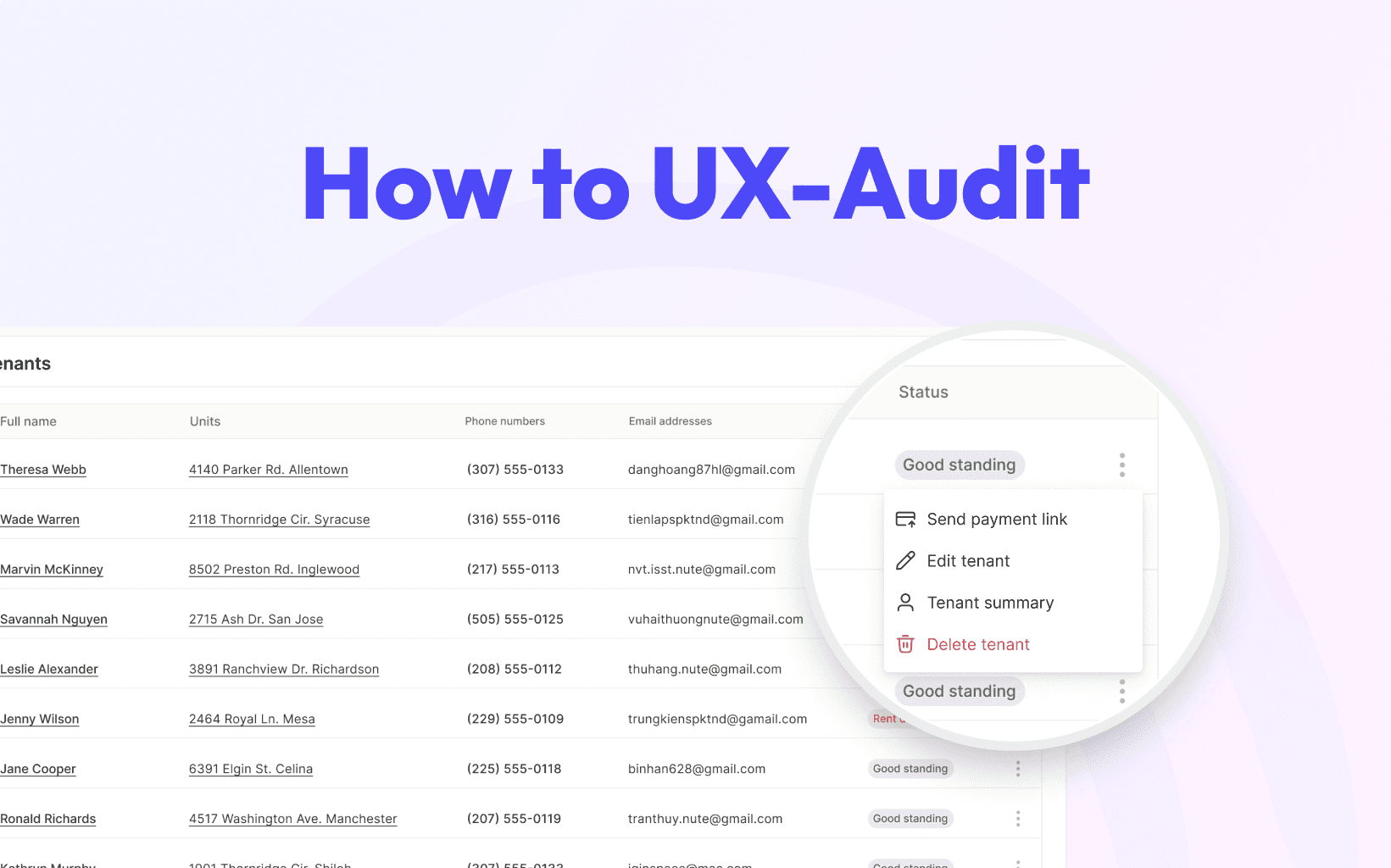
6 min
User onboarding is a critical process that can make or break the success of your product or service. The best onboarding experiences are centered around the needs of your customers and directly address their pain points. In other words, it needs to be seamless.
Why is User Onboarding So Important?
A well-designed onboarding process is essential because it guides users intuitively throughout their customer journey. It significantly drives engagement and retention by ensuring that users can use your product or service effortlessly.
Five Steps to Building an Effortless Onboarding Experience

1. Understand Your Users
Start by truly understanding who your users are. Dive into their goals, pain points, and what they aim to achieve with your product or service. This insight allows you to create a tailored onboarding experience that meets their specific needs.

2. Create a Clear Onboarding Path
Design a clear, structured roadmap that guides users from their initial interaction with your product to achieving their first goal. This path should highlight the essential steps and milestones that help users understand the value of your product.
3. Design a Contextual Onboarding Experience
While you can't anticipate every possible scenario or job to be done (JTBD), it's important to focus on creating onboarding processes for different use cases and user needs. Provide clear, contextual guidance to help users achieve their goals.

4. Use the Right Onboarding Elements at Each Stage
Avoid confusion and boredom by implementing various elements that aid user navigation and product understanding. Essential components like tooltips, checklists, tutorials, and interactive walkthroughs are critical for an engaging onboarding experience.

5. Collect User Feedback
Regularly solicit feedback from your users about their onboarding experience. Use this valuable information to continually optimize and improve your onboarding process, ensuring it always meets user needs.
Successful User Onboarding Examples

Photo Source: Notion
Notion
Notion’s onboarding experience starts with a signup form survey that identifies each user’s JTBD. This helps understand the specific goals and needs of their users, whether for note-taking, team collaboration, or other purposes.
Why It’s Great:
Personalized Experience: Identifying JTBD during signup helps users find value in the tool early on.
Checklists and Templates: Notion offers relevant checklists and templates, allowing users to start using the tool immediately, reducing the learning curve and boosting engagement.
Interactive Elements: In-app tooltips and interactive guides show users how to use the tool’s features effectively.

Photo Source: Figma
Figma
Figma’s onboarding process addresses various user use cases through branched onboarding paths. New users are welcomed with interactive videos and demos showcasing the tool’s capabilities and practical applications.
Why It’s Great:
Different Use Case Paths: Figma offers branched onboarding paths tailored to user needs, whether for designing UI, collaborating with teams, or prototyping.
Welcome Videos: Engaging videos quickly convey the tool’s benefits and features.
Interactive Demos: Real-world application demos inspire users to explore the tool further.

Photo Source: Slack
Slack
Slack’s onboarding process is quick and straightforward, with interactive elements guiding users from the start.
Why It’s Great:
Quick Setup: Slack’s onboarding ensures users can start communicating with their team right away.
Interactive Tutorials: Step-by-step tutorials help users get acquainted with the tool’s features.
Contextual Help: Contextual tips provide guidance exactly when needed, making the exploration process smooth.
Creating an effortless onboarding experience is vital for new user success. By understanding your users, designing a clear onboarding path, creating contextual experiences, using the right elements, and collecting feedback, you can help users quickly realize the value of your product.
Learning from successful onboarding examples like Notion, Figma, and Slack provides valuable insights into creating a seamless onboarding process. Regular updates and feedback collection ensure the process remains relevant and effective, ultimately driving user engagement, satisfaction, and retention.




